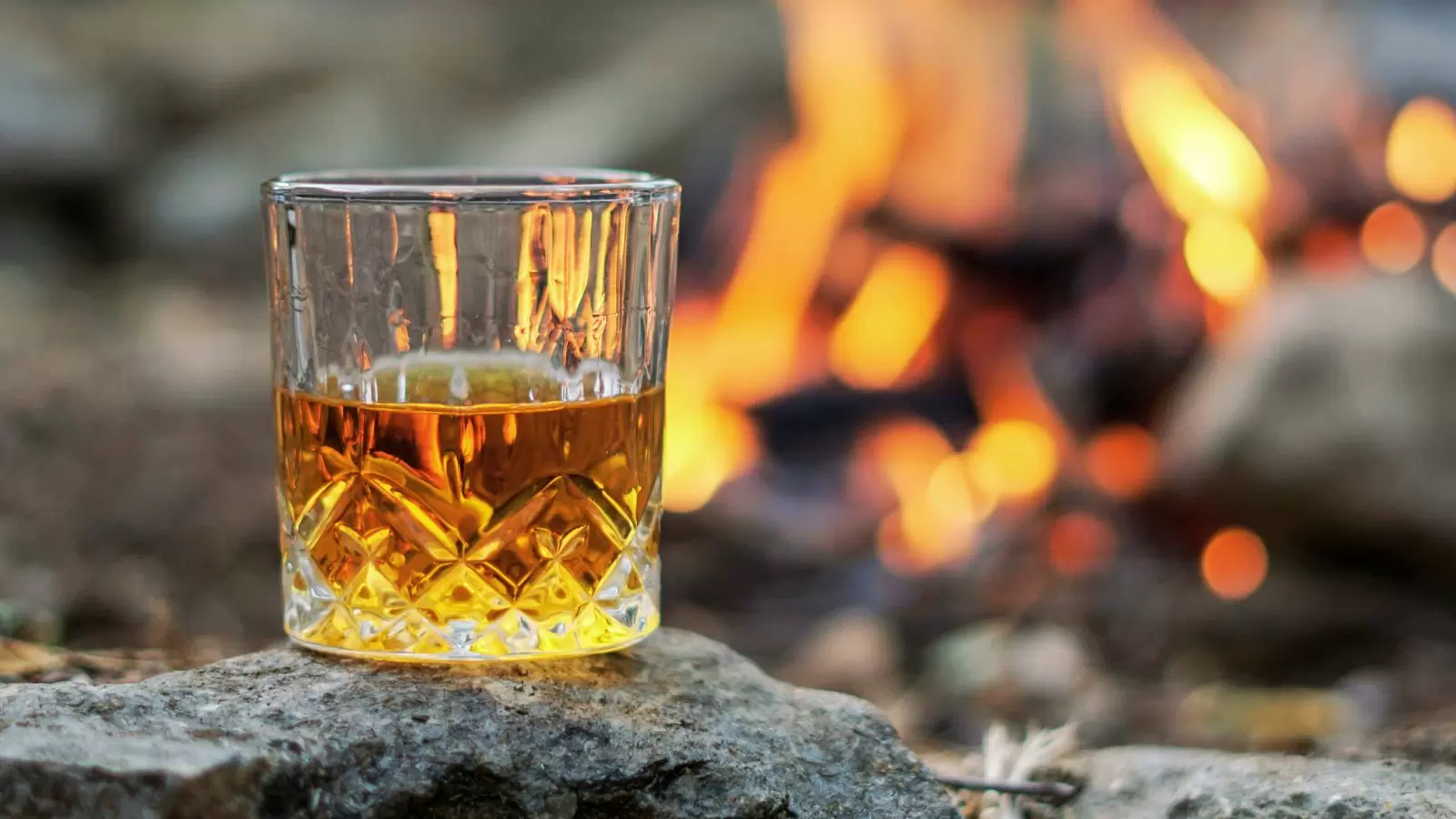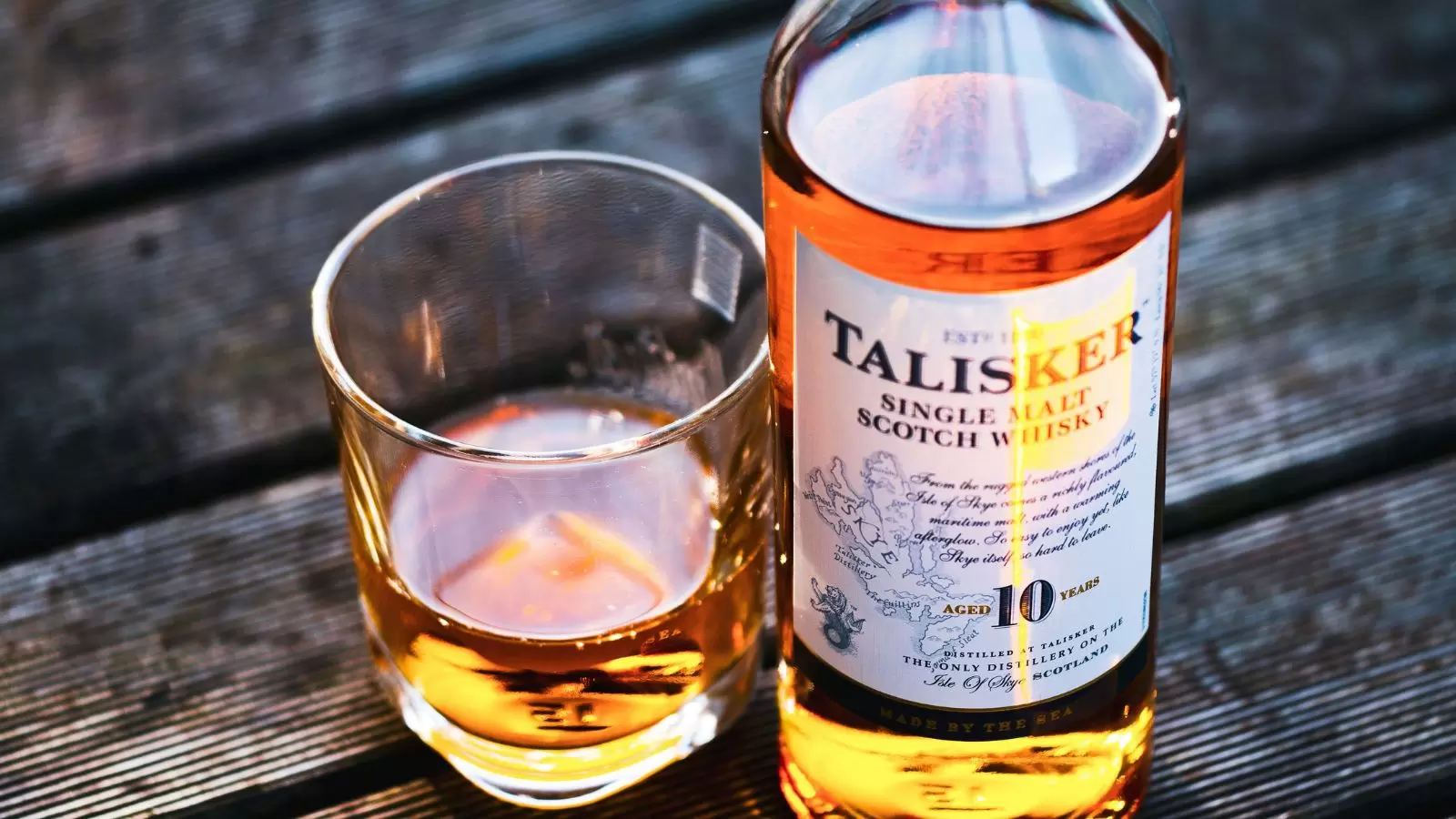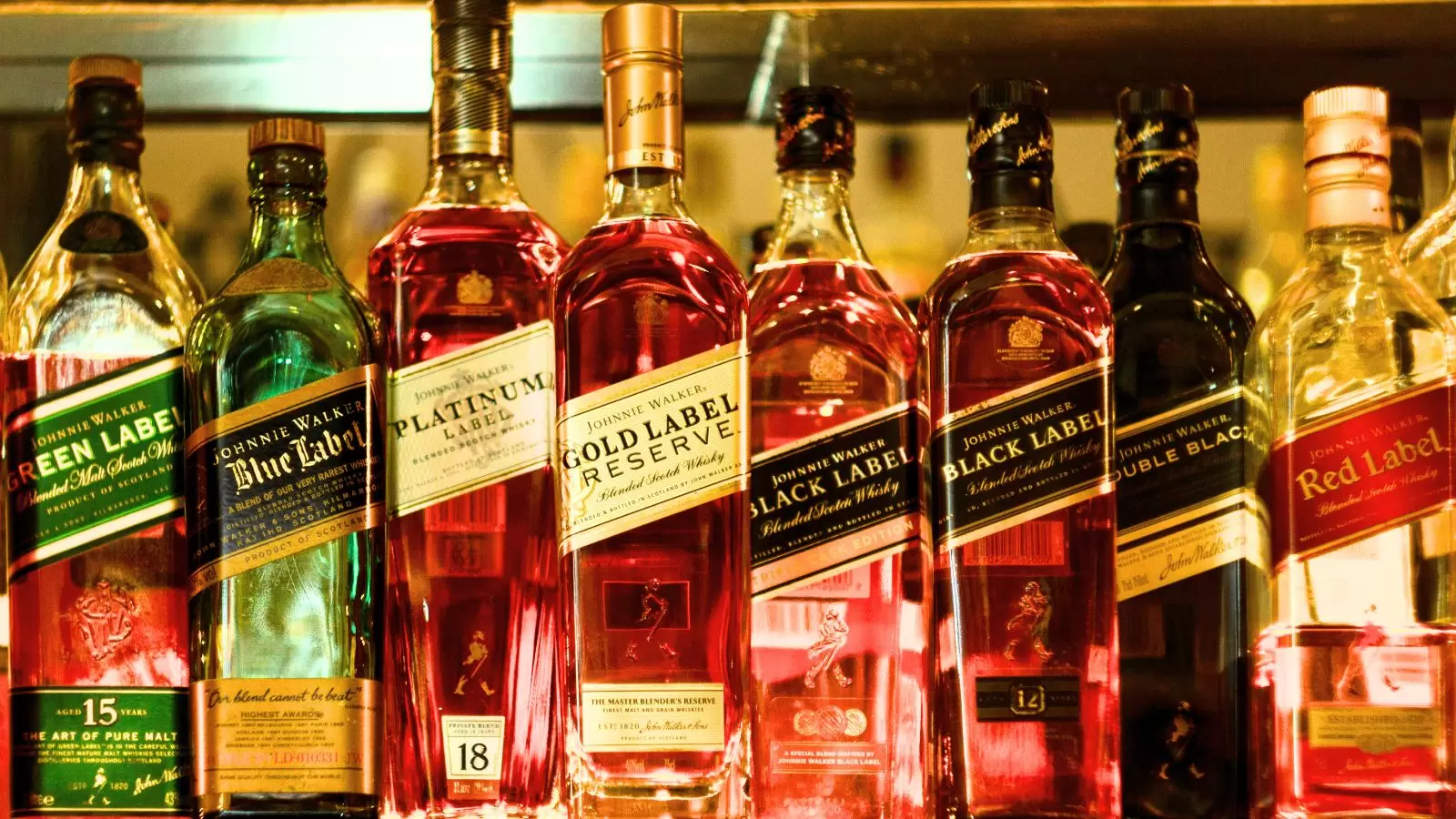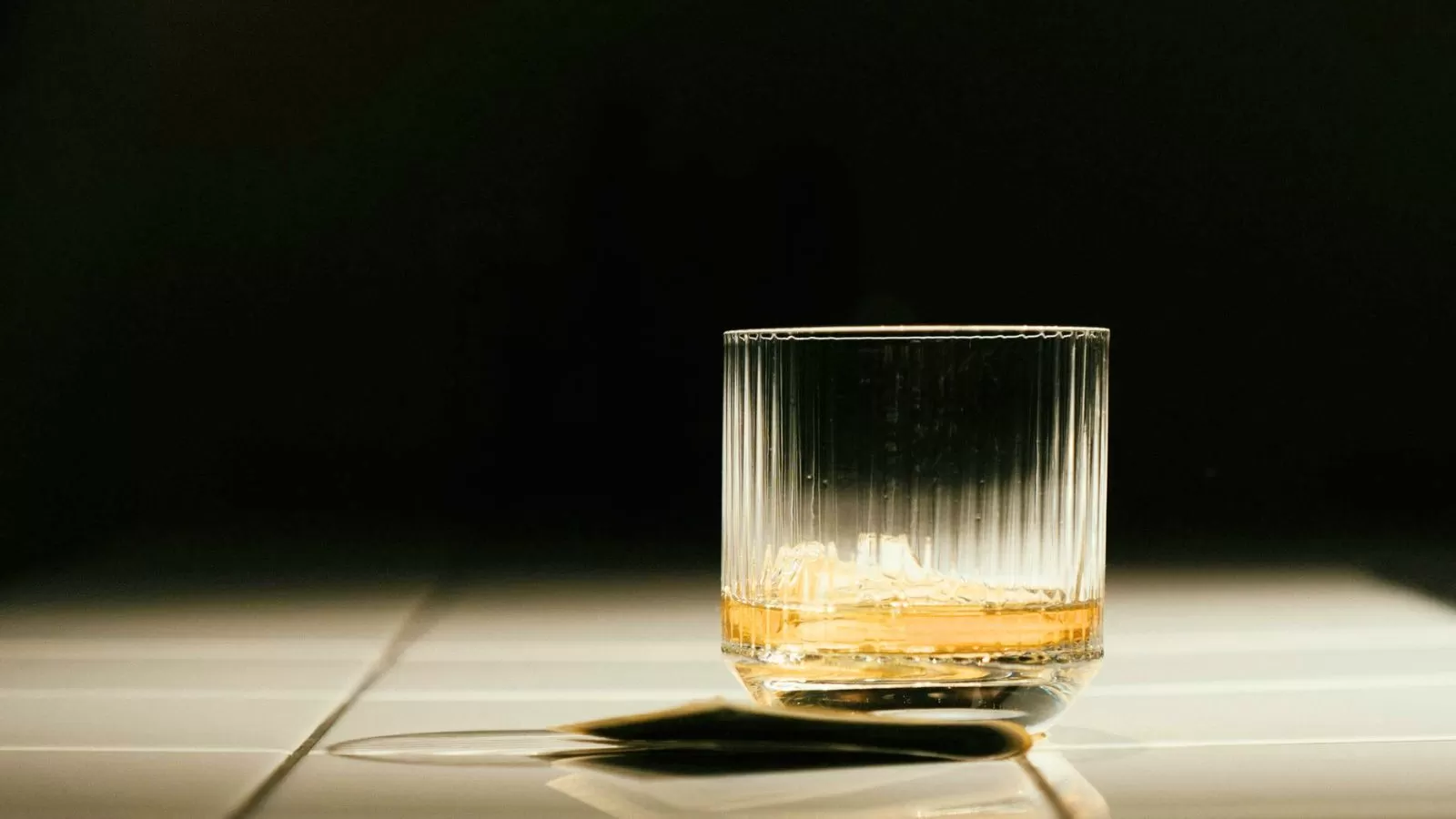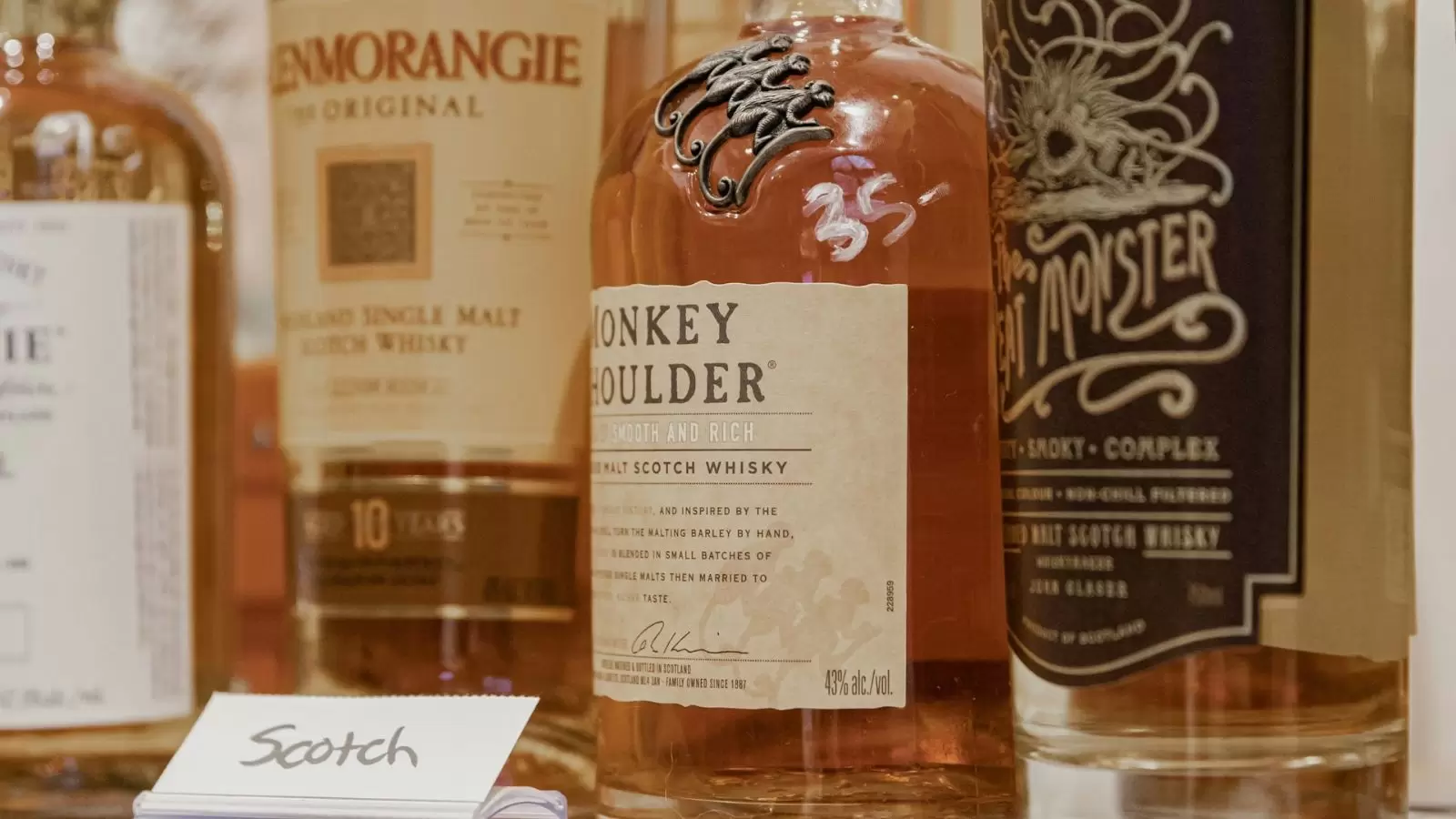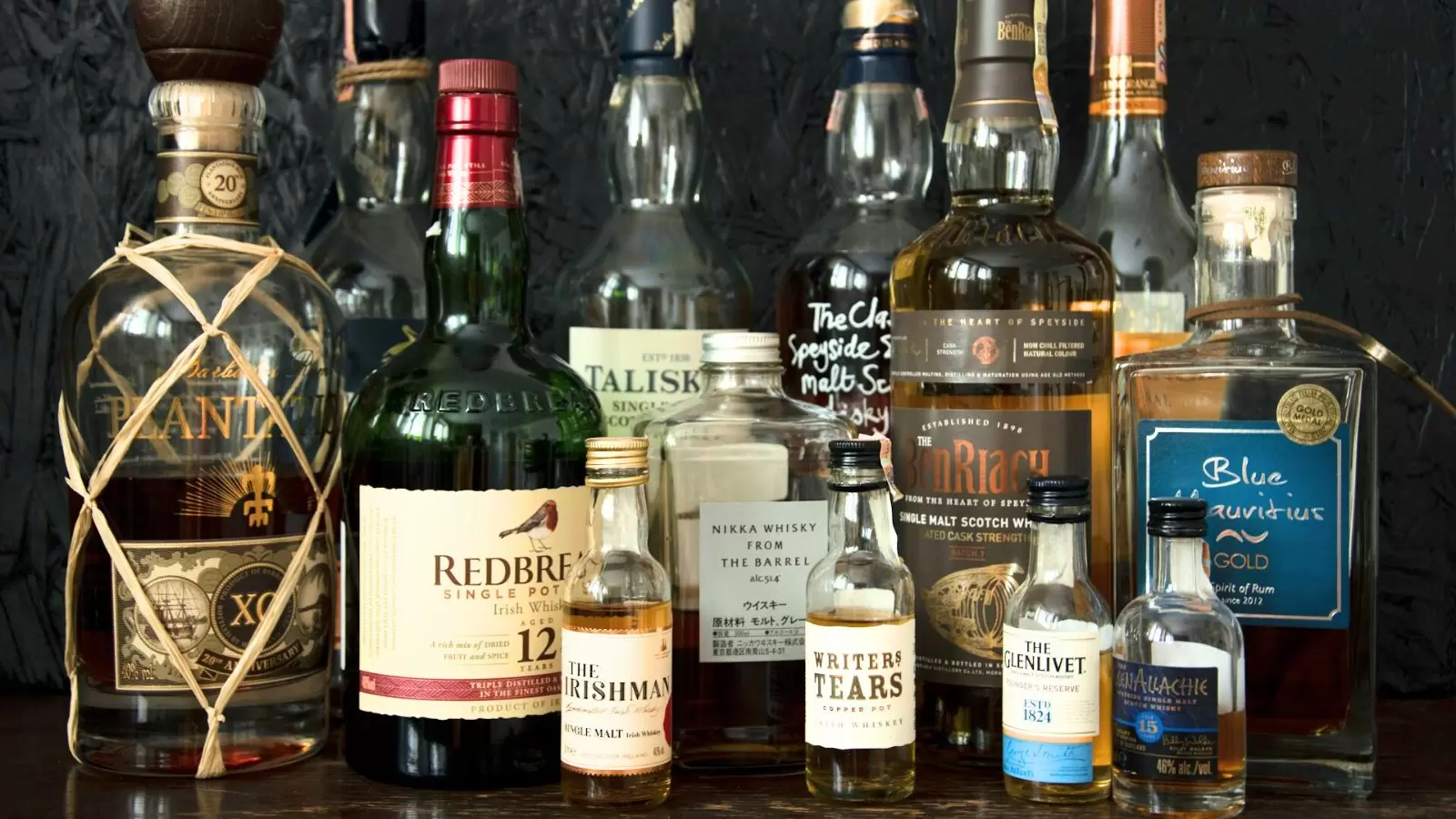Diageo
Diageo plc is a British multinational beverage alcohol company, with its headquarters in London, England. It operates in more than 180 countries and produces in more than 140 sites around the world. It is a major distributor of spirits and the world’s largest producer of Scotch whisky.
Brands include:
Scotch whisky: Johnnie Walker, Cardhu, Justerini & Brooks, Bell’s, Black & White, White Horse, Caol Ila, Vat 69, Oban, Talisker, Lagavulin, Glenkinchie, Dalwhinnie, Cragganmore, Clynelish, Singleton, Dimple, Glen Elgin, Knockando, Blair Athol, Dailuaine, Glenlossie, Mannochmore, Mortlach, Strathmill, Teaninich.
American whiskey: Bulleit, Seagram’s
Canadian whisky: Crown Royal
Vodka: Smirnoff, Cîroc, Ketel One
Rum: Captain Morgan,
Gin: Gordon’s, Tanqueray, Gilbey’s, Aviation Gin
